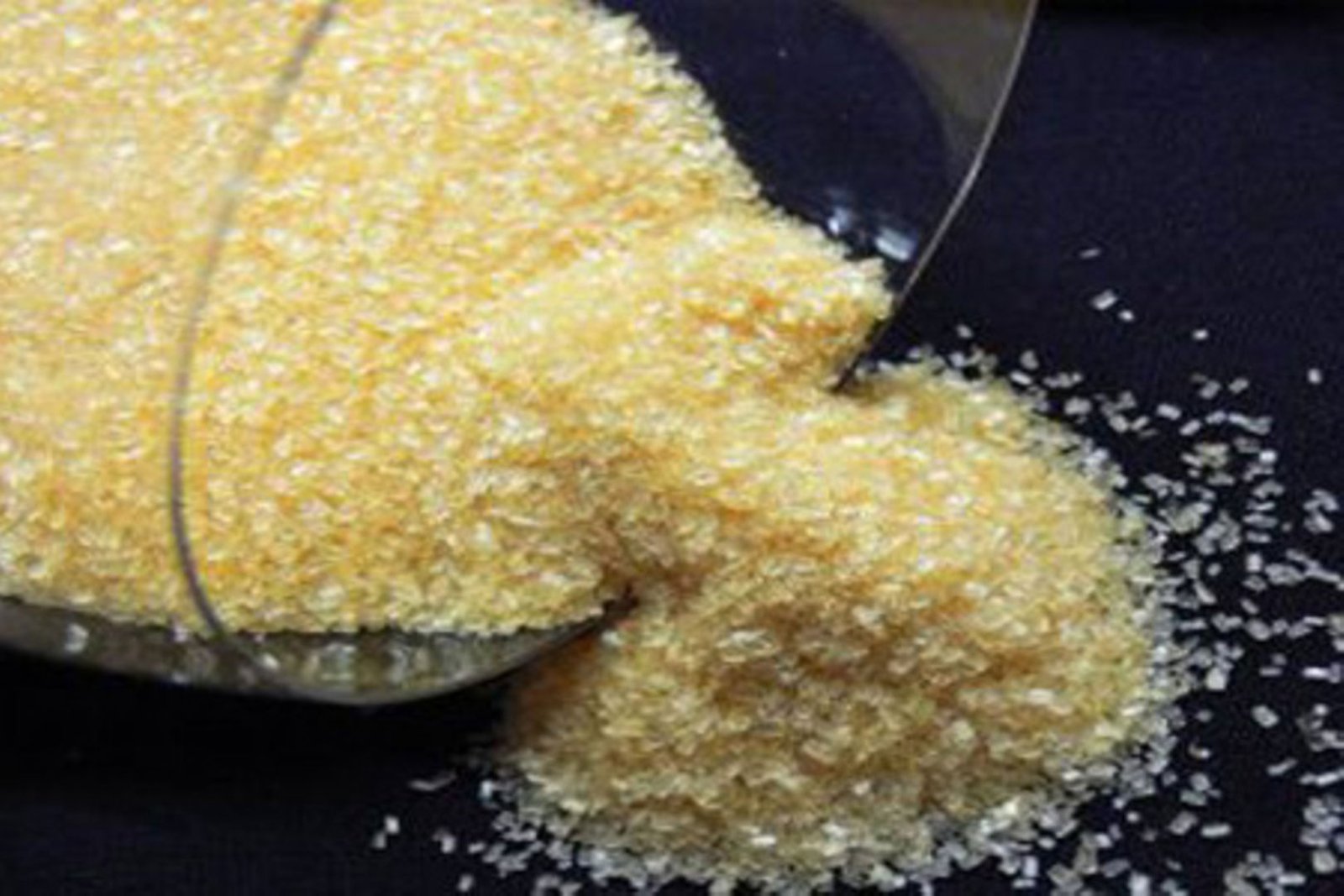The news that Coca‑Cola is launching a cane sugar–sweetened soda in the U.S.—following a public nod from former U.S. President Donald Trump—has reignited debate over high‑fructose corn syrup (HFCS) versus cane sugar. Meanwhile, bottlers in Tanzania face severe sugar shortages, compounding global discussions around sweeteners and supply chains.
1. Composition & Production 🧪
Cane Sugar (Sucrose)
-
Typically sourced from sugarcane or sugar beets, sucrose is a disaccharide composed of 50% glucose and 50% fructose.
High‑Fructose Corn Syrup (HFCS)
-
Derived from corn starch treated with enzymes to convert starch into glucose and a portion into fructose.
-
In the U.S., HFCS‑55 (≈55% fructose) is used in sodas, while HFCS‑42 (≈42% fructose) is common in processed foods.
2. Health Impact: Nearly Identical ⚖️
-
Both sucrose and HFCS provide ~4 kcal/g and metabolize into glucose and fructose.
-
Some studies suggest HFCS‑55’s higher fructose content may elevate risk of fatty liver and inflammation (e.g., C‑reactive protein), but major health authorities like the FDA and American Medical Association find no definitive evidence that HFCS is more harmful than sucrose at equivalent doses.
-
Excess consumption of either can contribute to obesity, type 2 diabetes, and cardiovascular disease.
3. Taste & Consumer Perception
-
Soda fans often claim cane sugar–sweetened beverages taste better—especially “Mexican Coke.”
-
Controlled taste tests rarely show consistent preference, and the glass bottle format may influence perception nostalgically.4. Economics: Why Coca‑Cola Adds Cane Sugar Options
-
In the U.S., HFCS dominates thanks to corn subsidies and sugar import tariffs, making it cheaper.
-
Coca‑Cola’s new cane sugar variant isn’t replacing the classic, but targeting a nostalgic, niche market. Pepsi may follow if consumer demand grows.
5. Industry Advice: Ignore the Source, Cut Added Sugar
-
Experts emphasize that both cane sugar and HFCS are detrimental when overused. A 12‑oz can of soda contains ~39 g of sugar—approaching the daily limit of 25–50 g recommended by health bodies.
-
Prioritize drinking water, unsweetened tea, or fruit-infused beverages, and monitor labels for “added sugars” regardless of origin.
Tanzania: Sugar Shortages Disrupt Bottlers
1. Persistent Gap Between Demand and Domestic Supply
-
Tanzania produces ~380,000–470,000 tonnes/year vs. demand of ~650,000 tonnes → deficit of 60,000–300,000 tonnes.
-
Import reliance is hampered by permit delays, regulatory friction, and weather disruptions—especially from El Niño events.
2. Climate Vulnerability & Seasonal Drop in Yield
-
Rainy seasons (March–May) dilute sucrose content in cane, causing harvest pauses.
-
El Niño rains in 2023–24 pushed self-sufficiency targets from 2024 to 2025–26.
3. Costs & Protectionist Policies
-
Import tariffs of 100% or ~$460/tonne raise costs ~40%. Bottlers must use raw sugar imports—refined sugar is restricted.
-
Despite TZS 244 billion in tax breaks to producers, industrial users still pay high prices.
4. Operational Hurdles for Bottlers
-
Cartel-like hoarding has pushed prices to TZS 6,500/kg in 2024.
-
Only ~82.5% (155,000 t) of allowed imports materialized.
-
Poor transport infrastructure inflates costs in regions like Kigoma.
5. Table Sugar vs. Industrial Sugar Conflict
-
Producers prefer serving household demand first. Bottlers often pay premiums to convert table sugar for production.
6. Government Interventions
-
National Food Reserve Agency (NFRA) now manages sugar import quotas; 128,000 t were imported in 2024.
-
Kilombero’s new mill (operational mid‑2024) adds ~144,000 t/year. Other projects in Kagera and TPC plan to enhance capacity by 2025.
-
Competition law reforms aim to deter anti‑competitive behavior by suppliers.
7. Outlook by 2025/26
-
Government expects 700,000 t/year output—saving ~$71 million in imports.
-
Kilombero’s included ethanol co‑production (16,000 kl/year) may benefit beverage makers.
-
Climate shifts, bureaucratic delays, and continued neglect of industrial sugar demand still risk prolonged shortages.
📉 Summary Table
| Comparison | Cane Sugar (Sucrose) | High-Fructose Corn Syrup (HFCS) |
|---|---|---|
| Composition | 50% glucose, 50% fructose | 42–55% fructose, remainder glucose |
| Source | Sugarcane or sugar beets | Corn starch |
| U.S. Price | Higher (due to tariffs) | Lower (subsidized via U.S. corn policy) |
| Health Risks | Similar: obesity, diabetes, heart disease | Same when overconsumed |
| Expert View (FDA/AMA) | No proven risk difference | Same |
Final Takeaways
-
The U.S. Coca‑Cola cane sugar move caters to consumer nostalgia, not a health advantage.
-
Global health experts stress that total added sugar, not sweetener type, matters most.
-
In Tanzania, bottlers face severe disruption from sugar shortages, regulatory barriers, and cost pressures. Government projects aim for self-sufficiency by 2025/26, but volatility remains high.



